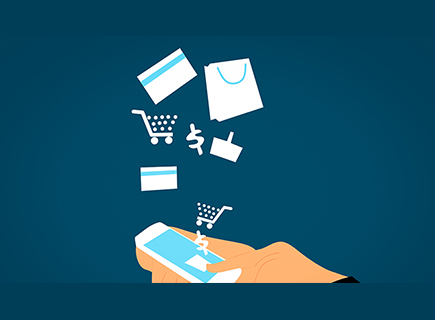what is open banking?_
Many are only vaguely aware of the quiet revolution taking place in the banking sector. A change in the law now means that you can share your financial data with companies other than your bank, in order to make use of apps that can help you to budget, keep track of your finances from moment to moment, find the best deals for commercial goods and financial services, and open up an everyday utility that has too often felt opaque and complicated. Open banking, an innovation made possible by EU law PSD2 (Second Payment Services Directive), is designed to increase the transparency of and competition for financial services. It allows regulated third party companies access to customers’ bank account information with their express consent, as of the 13th of January this year.
As a result of this change, banks can use open banking APIs (Application Programming Interfaces) to develop API endpoints to be accessed by third party developers to create mobile and web applications. At the official open banking website you can enrol as an API provider or user, and find API specifications with which to develop apps. For now, though, open banking is still being rolled out, and only a few current account providers and app developers are taking part in it. Experts agree that open banking won’t be mainstream for a few years yet. But for enterprising companies, this new market in fintech apps offers a chance for innovation and growth.
Implications
Personal finance apps have been around since before the change in law. But many of the apps that accessed your financial data did so through ‘screen scraping’, using a customer’s banking credentials to login to imitate the customer and retrieve their data from their bank’s website. It is a system that is open to abuse, as there’s no way to control who gains access of this data. PSD2 specifically addresses this: a ban on screen scraping comes into effect in 2019, and the law requires banks to work with regulated companies to make it possible for customers to share their data safely without having to give out their passwords or login details.
So what can this mean for app developers? Here are some potential services that open banking apps might deliver:
- Compare banks: We don’t switch banks often enough. Too often, we choose a bank and stick with it, instead of comparing different banks as their terms and deals change. Many people don’t know how much an overdraft costs them, and what the cheaper alternatives are. An app that compares different banking options and matches them to a customer’s requirements and account history can save the customer time and energy, while making banking more competitive and customer-oriented.
- Comparing companies: Apps that can see your buying history can search for the best deals on products and services you might be interested in, comparing prices online and providing them with tailored suggestions for individuals.
- Keep track of your budget: If you have trouble with budgeting, having an app to analyse your financial transactions, in-goings and out-goings, and buying behaviour can be invaluable. This service could help customers to get approved for a loan, buy a house or start a business.
- Manage multiple accounts: If you have multiple accounts with separate banks, overseeing all of them can be a lot of work. But if you had an app that allowed you to see all of your accounts in one place, this could significantly cut down on the time and hassle involved.
Opportunities and Concerns
So far many users don’t know about open banking, or have concerns about what it could mean for them. According to one survey, 3 out of 4 customers don’t want to share their financial data with third parties. This shows a lack of confidence in what is a new and unfamiliar way of banking. Respondents to the survey expressed concerns about the risk of fraud through open banking, as well as the risk of cyber-attacks or viruses. Of course, such risks are always present for companies and other institutions, but most people are willing to take such risks by using online services if there are protections in place to minimise the risk. The question remains if fintech and other companies can convince consumers that the risks are sufficiently low to justify the gains of being able to compare banks, prices, budget and aggregate your accounts using an app.
For companies to make the most of banking APIs, they need to make apps which are efficient, easy to use and secure. This requires talented and smart developers. Wirebox’s developer team has extensive experience in web and mobile application design, including e-commerce services for the high-volume retailer Retro Sweets. Designing applications for financial services requires an understanding of the technology used, the security requirements and how UX and UI are needed to create a more usable app which customers trust to deliver. Wirebox have the expertise to fulfill your app and fintech needs.
